
On November 2, the International Space Station (ISS) celebrated its 25th year of continuous human habitation. This is the place that marks one of the greatest and most expensive technological achievements in human history. Photo: NASA.

NASA and international partners have planned to decommission the ISS by the end of 2030 by using a modified version of SpaceX's Dragon cargo capsule to land it in an uninhabited sea. Photo: NASA.

The location where the ISS will crash into an area off the Pacific Ocean is called Cape Nemo. Dubbed the “spaceship graveyard,” Cape Nemo is a sea area named after the famous submarine captain in Jules Verne’s 1871 novel “Twenty Thousand Leagues Under the Sea.” Photo: NASA.

According to officials from the US National Oceanic and Atmospheric Administration, Cape Nemo has coordinates of 48°52.6′ south latitude and 123°23.6′ west longitude, located between Ducie Island in the Pitcairn Islands to the north, Motu Nui Island in the Easter Islands to the northeast and Maher Island in Antarctica to the south. Photo: Wikimedia Commons.
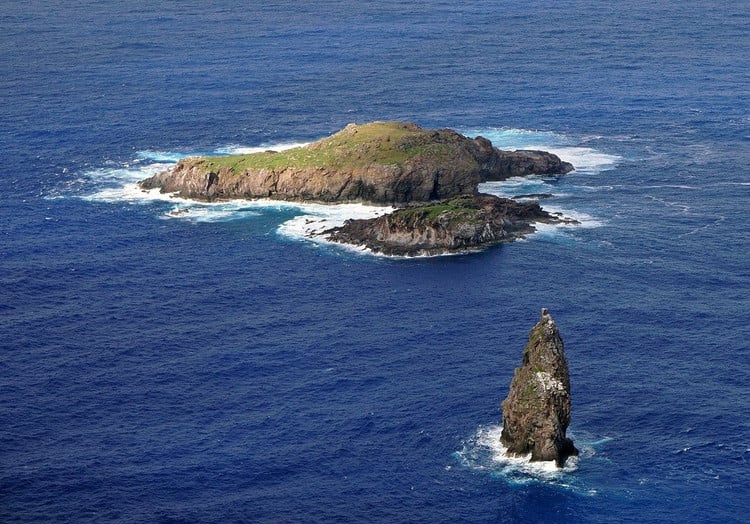
That remote location explains why Cape Nemo is such an attractive option for mission planners, who have abandoned hundreds of large spacecraft over the past decade. Photo: kallerna/Wikimedia Commons.
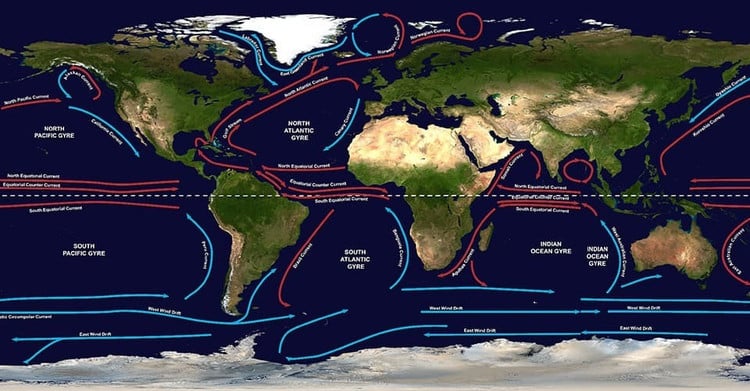
Because Cape Nemo has no landmass around it, the chances of falling debris catching fire and injuring people or destroying homes or infrastructure are virtually zero. Photo: NOAA.

Some parts of the ISS are likely to survive reentry. NASA engineers predict the breakup of the ISS will occur in three stages: the solar array and radiators will separate first; then the intact modules and frame will fall off; and finally the modules and frame will break into pieces. Photo: Hopeful in NJ/Flickr.
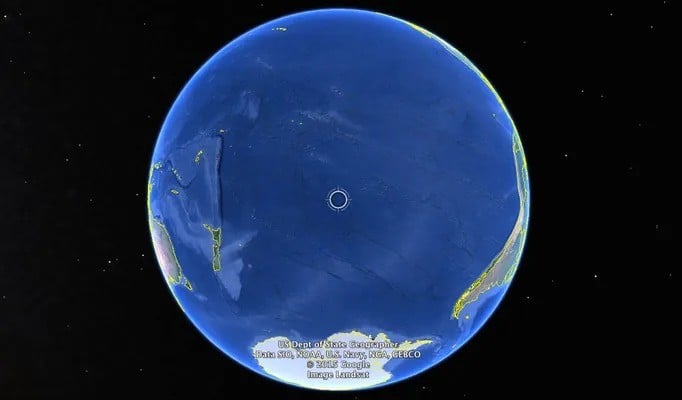
As the debris continues to fall through the atmosphere, the outer shell of the module will melt, exposing the hardware inside, which will heat up rapidly and melt. Most of the ISS hardware will burn up or evaporate from the extreme temperatures, while some denser or heat-resistant parts, such as the frame segments, will fall to Cape Nemo. Photo: Google Earth.
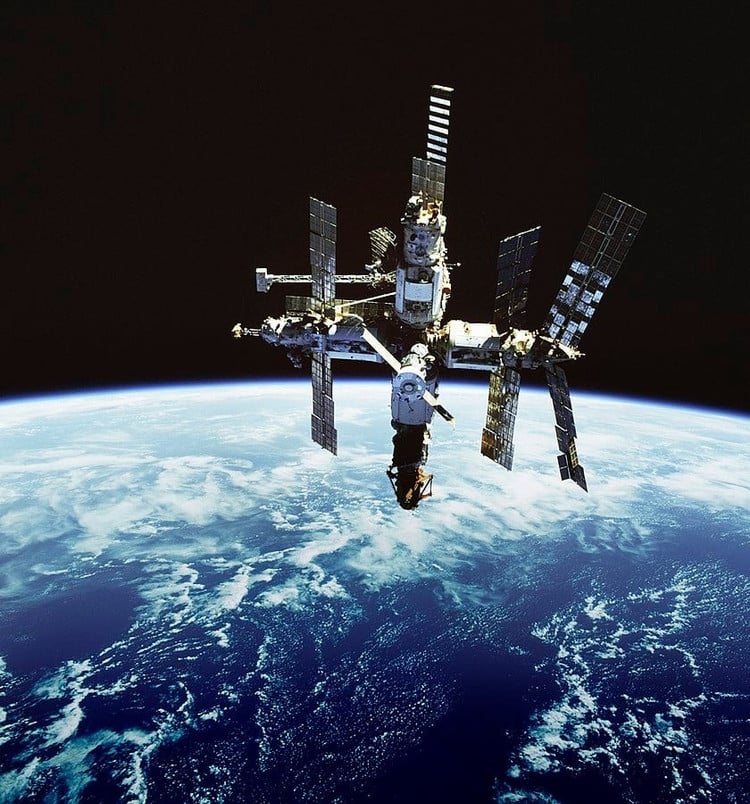
The analysis is based on the reentry of other large spacecraft, such as the Soviet Union’s Mir and NASA’s Skylab. Russia conducted a controlled reentry of Mir near Cape Nemo in March 2021. Photo: Free Public Domain Illustrations by rawpixel/Wikimedia Commons.
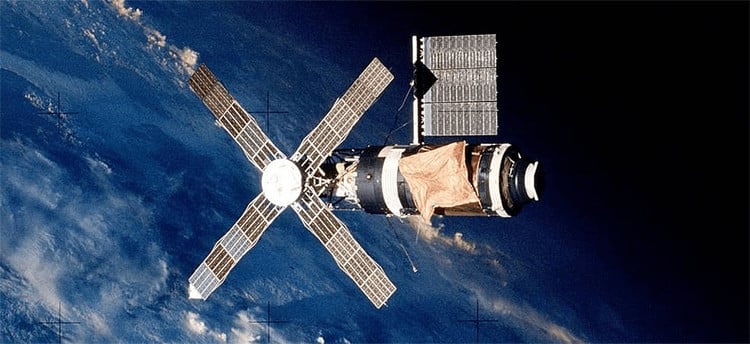
Meanwhile, NASA tried unsuccessfully to crash Skylab into the Indian Ocean in July 1979. The charred remains of the station fell in Western Australia, and the town of Esperance demanded NASA pay a $400 fine for littering. Photo: NASA.
Source: https://khoahocdoisong.vn/nam-2030-tram-vu-tru-quoc-te-roi-xuong-dau-sau-ket-thuc-su-menh-post2149066325.html






![[Photo] Opening of the 14th Conference of the 13th Party Central Committee](https://vphoto.vietnam.vn/thumb/1200x675/vietnam/resource/IMAGE/2025/11/05/1762310995216_a5-bnd-5742-5255-jpg.webp)

![[Video] Not Alone - Online Safety Day](https://vphoto.vietnam.vn/thumb/402x226/vietnam/resource/IMAGE/2025/11/05/1762347906381_sequence-0100-00-17-02still001-jpg.webp)

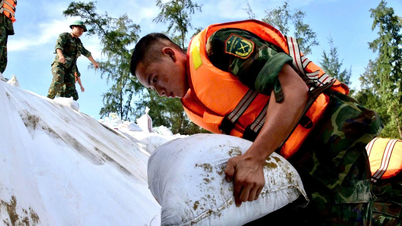
















![[Photo] Panorama of the Patriotic Emulation Congress of Nhan Dan Newspaper for the period 2025-2030](https://vphoto.vietnam.vn/thumb/1200x675/vietnam/resource/IMAGE/2025/11/04/1762252775462_ndo_br_dhthiduayeuncbaond-6125-jpg.webp)







































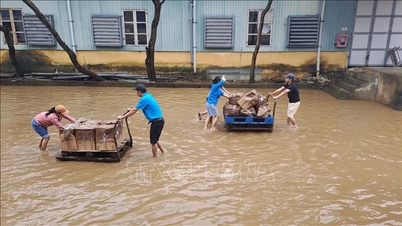











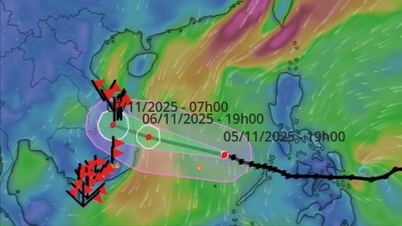
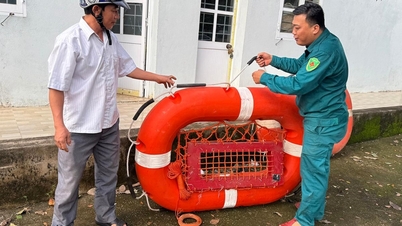






















Comment (0)